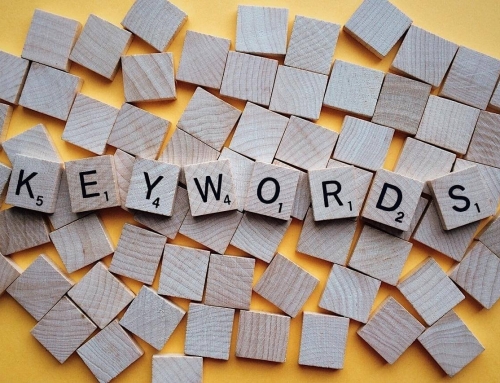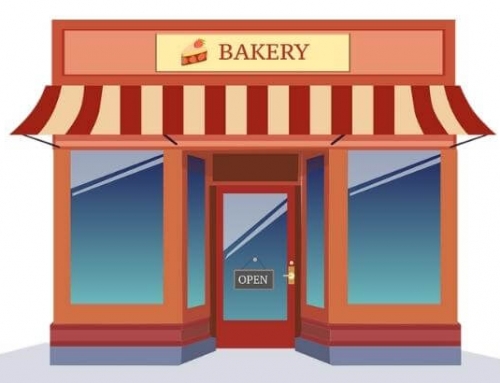When you click through to a website from an external link, you are going to end up on a landing page. The landing page is like the entryway into a great theme park. It needs to convince your guests that your rides are worth going on. Your site’s bounce rate, or how often a user exits your web page shortly after landing on it, is heavily affected by how well your landing page is constructed. There is a lot of info out there about this topic, but much of it is difficult to decipher or implement, and a lot of it is just flat out wrong. Decreasing yours’ can sometimes be a long and arduous process, but thankfully there are some great tips that you can implement immediately to decrease your website’s bounce rate.
- Install the Google Page Speed Plugin
According to recent surveys, the average user is willing to wait between 6 and 10 seconds for your page to load. What’s worse is that as every second ticks by, page abandonment can increase by up to 10% or more. The survey, sourced from gomez.com and akmai.com, also concluded that a 1 second delay can cost up to 7% in conversions. Ensuring that your website is up to speed is more than pivotal – it is absolutely necessary. By installing the Google Page Speed plugin, you will get a thorough analysis and suggestions for speeding up your page load time that can instantly lead to better performance, and therefore a smaller bounce rate.
- Make external links open in a new window
This is a small and often overlooked tweak to your optimization game, but its benefits can easily be felt quickly. When you create an external link, you can choose whether or not it opens in a new window. If you don’t choose this option, then visitors are whisked away from your website to another one where chances are they won’t come back, either because the new information is more relevant, or they simply don’t want to click the back button and wait the 5 seconds for the page to load again.
Opening external links in a new tab gives the user control of what they want to view, lets them choose to switch back and forth, and gives them an opportunity to remain on your page instead of someone else’s.
- Display your search function prominently
When a user has come to your website, they are looking for something. It’s usually not an accident that they have made it there. Don’t make them do all of the work to find what it is that they are after. Either tailor the page they land on to fit what it is they are after, or place the search function prominently so they can easily find it themselves. According to nngroup.com, users only allocate 20% of their attention below the fold (the space on the page that they have to scroll down to see), so having it right up top means that they are less likely to click that back button and try to find their info elsewhere.
- Get rid of pop-ups (or at least tame them)
You’ve found the website that you were looking for, clicked through and been met with a beautifully designed paradise full of everything that you’ve always wanted to know. You go to click and BAM! There’s a Pop-up in your face, and everything begins to spiral out of control. It’s in the way, you can’t click the close button, and you feel violated, angry, and frustrated. Ok, maybe this is a little dramatic, but we’ve all felt this way before.
A well-timed pop-up is a good thing. Giving a user a chance to find more relevant info, be part of a mailing list, or get discounts or notifications. But too many pop-ups or ones that hit the user straight away seem like spam, or are just too annoying. While pop-ups have been proven to be effective marketing tools that increase conversions, having them delayed by 5 seconds was shown to both increase conversions and decrease bounce rate. The bottom line is that shoving pop-ups in someone’s face makes them annoyed; delaying them slightly makes them less intrusive, and is far more helpful.
As an E-commerce business owner, you want to get people to convert once they land on your site. The bounce rate for your site is essentially indicative of just how well you are converting traffic. Bringing down the rate is one of the major goals of any marketer or web site optimizer. Most strategies take a long time to implement, take effect, and provide results, but that doesn’t mean that there aren’t a few things you can do right after you finish reading this that will immediately decrease your bounce rate.
For help decreasing your site’s bounce rate and increasing your conversions, contact the experts at BlueHat Marketing.





